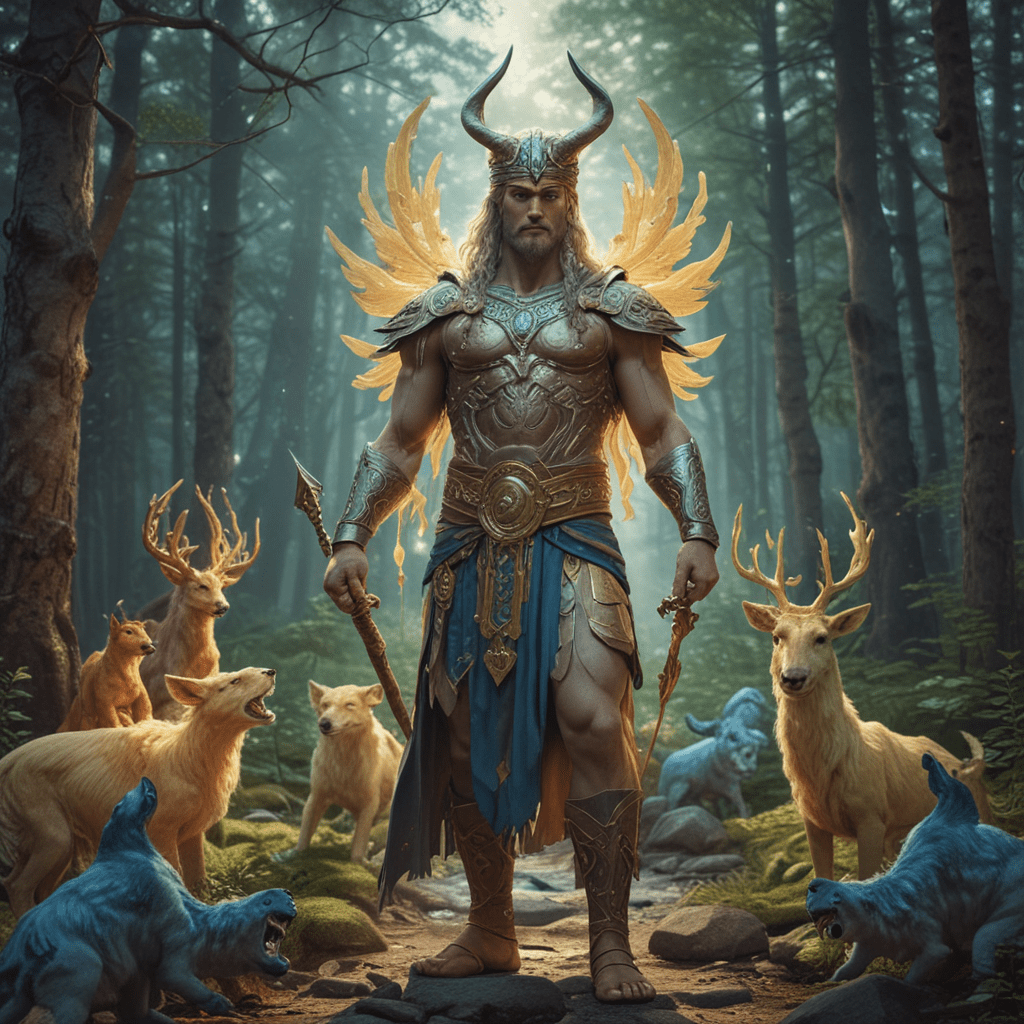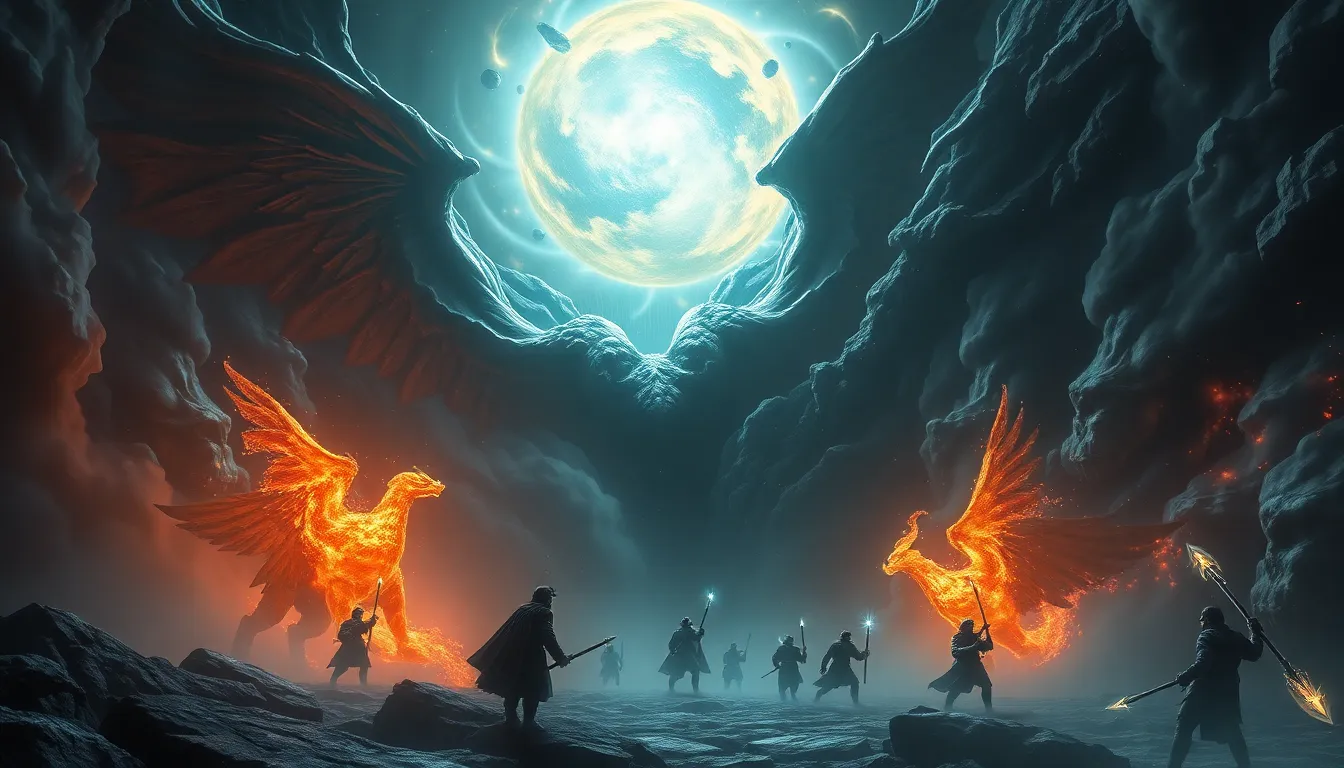The Symbolism of Colors in Finnish Mythology
Introduction
Finnish mythology is a rich and complex tapestry of stories, beliefs, and traditions that have been passed down through generations. It is a mythology that is deeply rooted in the natural world, and this is reflected in the symbolism of colors that is found throughout its myths and legends.
Color Symbolism in Finnish Mythology
Colors play a vital role in Finnish mythology, each one carrying its own unique set of associations and meanings. These colors can be used to represent a variety of things, from the natural world to the supernatural realm. Some of the most common color symbols in Finnish mythology include:
Red: The Color of Fire and Passion
Red is the color of fire and passion, and it is often associated with the god Ukko, the god of thunder and lightning. Red is also the color of blood, and it is sometimes used to represent sacrifice and violence.
Blue: The Color of Water and Wisdom
Blue is the color of water and the sky, and it is often associated with the god Ahti, the god of the sea. Blue is also the color of wisdom and knowledge, and it is sometimes used to represent the wisdom of the elders.
Green: The Color of Earth and Fertility
Green is the color of earth and fertility, and it is often associated with the goddess Louhi, the goddess of death and the underworld. Green is also the color of hope and renewal, and it is sometimes used to represent the cycle of life and death.
Black: The Color of Darkness and Evil
Black is the color of darkness and evil, and it is often associated with the demon Hiisi, the ruler of the underworld. Black is also the color of night and the unknown, and it is sometimes used to represent chaos and disorder.
White: The Color of Purity and Innocence
White is the color of purity and innocence, and it is often associated with the god Joukahainen, the god of light. White is also the color of snow and the winter solstice, and it is sometimes used to represent hope and renewal.
The Interplay of Colors in Finnish Mythology
The colors in Finnish mythology often interact with each other to create complex and nuanced meanings. For example, the colors red and white can be used to represent both sacrifice and purity. This is because red is the color of blood, which is often associated with sacrifice, while white is the color of snow, which is often associated with purity.
Color Symbolism in Finnish Art and Folklore
The color symbolism found in Finnish mythology has had a significant influence on Finnish art and folklore. For example, the colors red, blue, green, black, and white are often used in traditional Finnish costumes, embroidery, and stories. These colors can be used to represent a variety of things, from the natural world to the supernatural realm.
Conclusion
The symbolism of colors in Finnish mythology is a complex and fascinating subject. By understanding the meaning of these colors, we can gain a deeper understanding of the Finnish people and their culture.
FAQ
Q: What is the most important color in Finnish mythology?
A: There is no one most important color in Finnish mythology. However, the colors red, blue, green, black, and white are all very important and have a variety of associations.
Q: How are colors used in Finnish art and folklore?
A: Colors are used in Finnish art and folklore to represent a variety of things, from the natural world to the supernatural realm. For example, the colors red, blue, green, black, and white are often used in traditional Finnish costumes, embroidery, and stories.
Q: What is the significance of the color red in Finnish mythology?
A: Red is the color of fire and passion, and it is often associated with the god Ukko, the god of thunder and lightning. Red is also the color of blood, and it is sometimes used to represent sacrifice and violence.



